Every October, the sky presents a grand spectacle — the Orionid meteor shower. It’s one of the most beautiful and dynamic celestial events of autumn. On the night of October 20–21, the Earth will pass through the trail left by the famous Halley’s Comet, and dozens of “shooting stars” will illuminate our planet’s atmosphere. At Joy-pup, we’ll tell you when the Orionid peak will occur in October 2025.
What Is the Orionid Meteor Shower
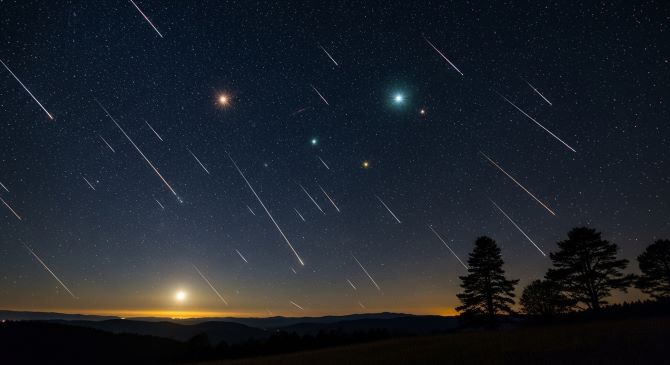
The Orionids are an annual meteor shower that occurs when the Earth crosses the orbit of Halley’s Comet (1P/Halley). As the comet travels, it leaves behind dust particles and microscopic debris. When the Earth collides with these particles, they burn up in the atmosphere at a speed of about 66 kilometers per second, creating bright streaks known as meteors.
The shower gets its name from the constellation Orion, where the point seems to be located from which the meteors “radiate.” This part of the sky is easy to spot — it lies near the bright reddish star Betelgeuse. The next return of Halley’s Comet is expected in 2061.
What Makes the Orionid Meteors Special
The Orionids are known for their exceptional speed. Because of their high entry velocity into the atmosphere, they often leave behind long-lasting, glowing trails — ionized gas tails that can remain visible in the sky for several seconds after the meteor itself fades. Occasionally, particularly bright fireballs appear among them, rivaling the brightness of the planet Venus and glowing in shades of green or yellow.
When to Watch the Orionid Peak in 2025
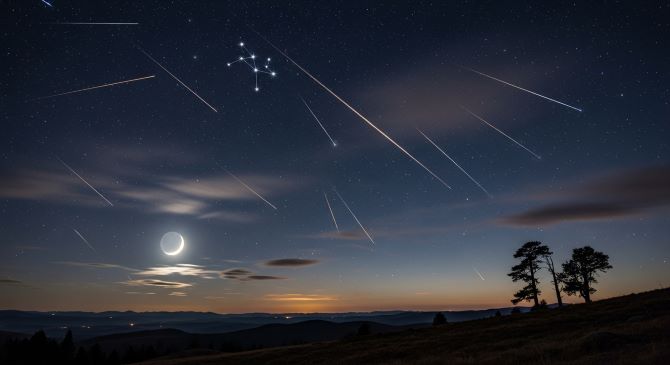
In 2025, the peak of the meteor shower is expected on the night of October 20–21. The Orionid activity lasts roughly from October 2 to November 7, but during this specific night, you can see the largest number of meteors — up to 20 per hour under clear skies and with minimal light pollution.
The best time for observation is after midnight and before dawn, when the constellation Orion rises higher in the southeastern sky. The higher it climbs, the more meteors you can spot. In 2025, conditions will be favorable: the Moon will not interfere with its light, meaning even faint meteors will be easily visible to the naked eye.
October 21 is considered the “center” of the shower’s activity when the Earth passes through the densest part of Halley’s Comet’s dust trail. Although the Orionid activity lasts for nearly three weeks, it is on this date that the shower reaches its greatest intensity, significantly increasing the chances of witnessing a “starfall.”
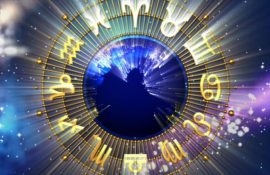
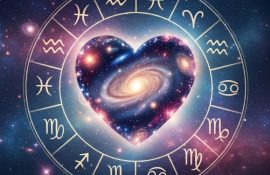


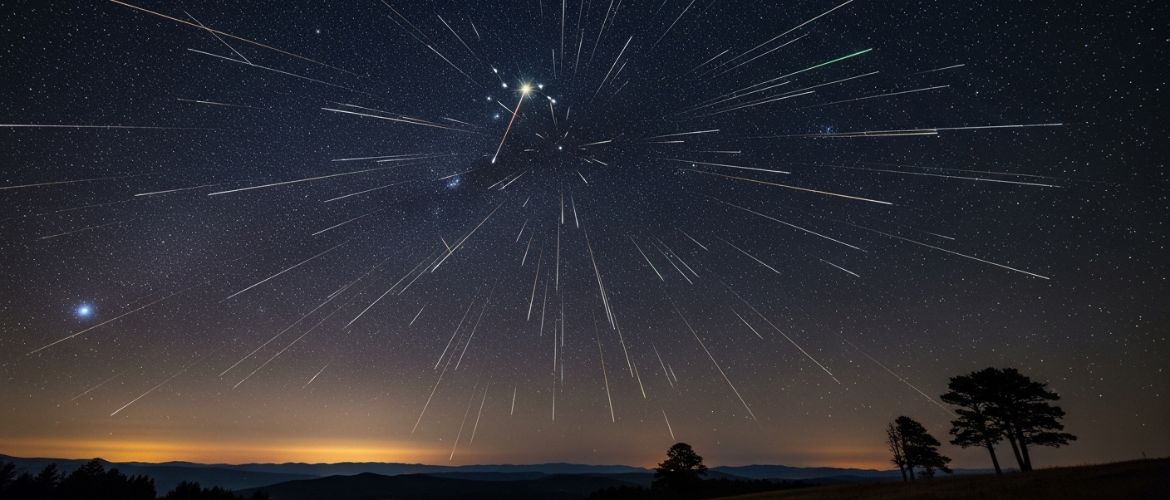

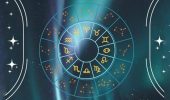
Only registered users can leave comments